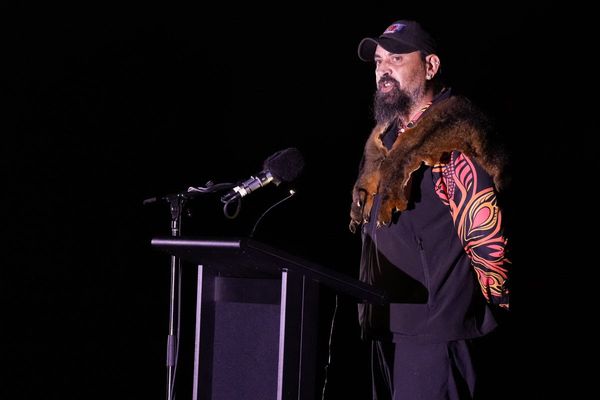From figuring out why galaxies created during the cosmic down appear to be mature and more massive to ancient human footprints in New Mexico that can be dated back to the last Ice Age, here are this week’s new discoveries and developments from the world of science.
Nobel Prize winners announced for 2023
This week the Nobel Prize winners of 2023 were announced for Medicine, Physics and Chemistry. The Medicine or Physiology Prize was awarded to Katalin Kariko and Drew Weissman for their “discoveries concerning nucleoside base modification that enabled the development of effective mRNA vaccines against COVID-19”. The Prize for Physics was shared between three scientists—Pierre Agostini, Ferenc Krausz, and Anne L’Huillier—for developing new tools and exploring the world of electrons. The Chemistry Prize was awarded to Moungi G. Bawendi, Louis E. Brus and Alexei I. Ekimov for the discovery and synthesis of quantum dots.
Scientists untangle mystery about the universe’s earliest galaxies
The James Webb Space Telescope has provided an astonishing glimpse of the early history of our universe, spotting a collection of galaxies dating to the enigmatic epoch called cosmic dawn. But the existence of what appear to be massive and mature galaxies during the universe's infancy has baffled scientists and defied expectations. A new study has now found that these galaxies may have been relatively small, as expected, but might glow just as brightly as genuinely massive galaxies do - giving a deceptive impression of great mass - because of brilliant bursts of star formation.
BlueWalker 3 satellite outshines most stars in the night sky
An international team of scientists have published a paper in Nature journal, detailing the impact of the prototype BlueWalker 3 satellite on astronomy. The BlueWalker 3 is a prototype satellite, part of a satellite constellation planned by its owner AST SpaceMobile, intended to deliver mobile or broadband services anywhere in the world. Observations of the BlueWalker 3 showed it was one of the brightest objects in the night sky, outshining all but the brightest stars
ISRO to begin unmanned flight tests for Gaganyaan; gearing up for TV-D1
The Indian Space Research Organisation (ISRO), which is planning to commence uncrewed flight tests for the Gaganyaan mission, has started to make preparations for the Flight Test Vehicle Abort Mission-1 (TV-D1). Though the space agency has not announced the date for the TV-D1, it is expected to take place by the end of October 2023 from the Satish Dhawan Space Centre in Sriharikota. The Gaganyaan mission aims to demonstrate the capability to launch human beings (three crew members) to low earth orbit and bring them back safely to earth by landing them in either the Bay of Bengal or the Arabian Sea.
New malaria vaccine is more efficacious and inexpensive
A malaria vaccine — R21/MatrixM — developed by the University of Oxford, manufactured by the Pune-based Serum Institute of India and tested in a phase-3 trial at five sites in four countries — Mali, Burkina Faso, Kenya, and Tanzania — in Africa was recommended (but yet to be prequalified) by the WHO on October 2. At above 75%, the vaccine efficacy of R21/MatrixM is much higher than the first malaria vaccine — RTS,S/AS01 that has been recommended by the WHO in 2021 — which had a vaccine efficacy of 56% at the end of one year in children aged 5-17 months. The results indicate that the vaccine was more efficacious in places where malaria was seasonal than when it was perennial.
New tests confirm antiquity of ancient human footprints in New Mexico
Humans trod the landscape of North America thousands of years earlier than previously thought, according to new research that confirms the antiquity of fossilised footprints at White Sands National Park in New Mexico using two further dating approaches. The footprints date to about 21,000 to 23,000 years ago, based on radiocarbon and optically stimulated luminescence dating techniques, researchers said on Thursday, showing that our species Homo sapiens already had a foothold in North America during the most-inhospitable conditions of the last Ice Age
First fossilised snake traces discovered in South Africa
Scientists have described the first snake trace in the fossil record found on South Africa’s Cape south coast. It dates to the Pleistocene epoch. Their studies have shown that it was probably made between 93,000 and 83,000 years ago, almost certainly by a puff adder (Bitis arietans). The trace fossil was found in the Walker Bay Nature Reserve ), just over 100 kilometres south-east of Cape Town. The newly described puff adder traces help fill a gap in the Pleistocene trace fossil record from the region. More than 350 vertebrate tracksites have been identified, of mammals, birds and reptiles.







